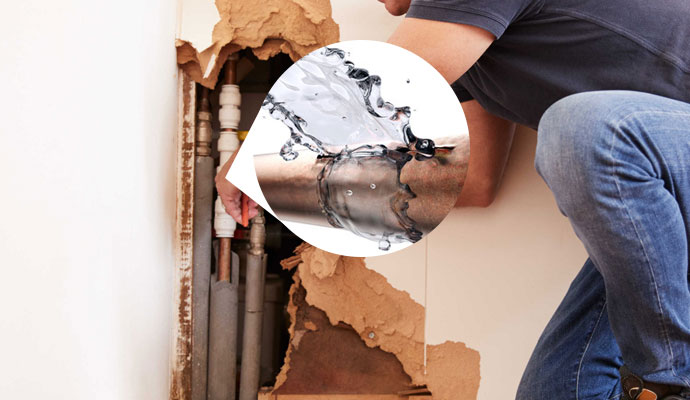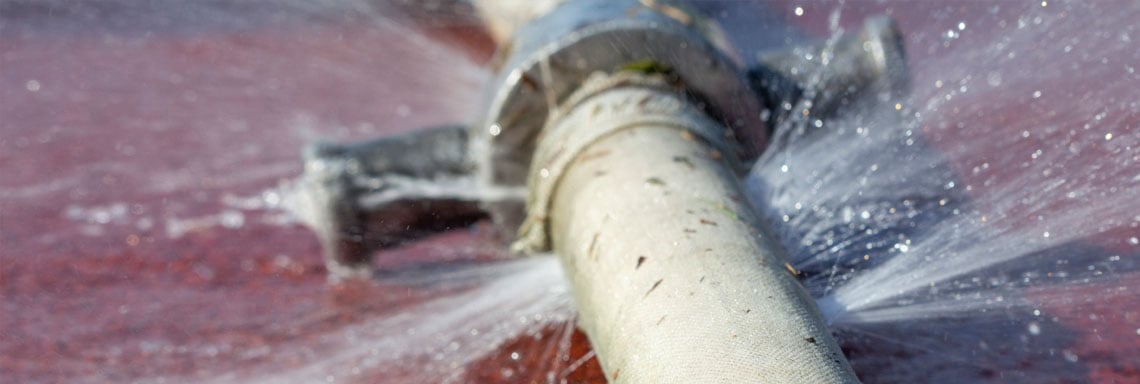Just about everyone seems to have their own unique piece of advice when it comes to What to Know Before Installing a Dishwasher.

A burst pipeline is a major emergency; you can just stand as you watch water you pay very much to reunite with the earth. In even worse situations, you see a pool on your cooking area floor, which is a wonderful trip risk, specifically if you have children around. If the pipeline that ruptured was in your wall surfaces, bad news: you might require to repaint that whole section.
How can a disaster like a ruptured pipe be stopped and also managed? Well, by paying attention to your specialist emergency plumbings and also following these policies.
Just how do I know when my pipes have ruptured?
Rising and fall water pressures
Pipelines do not simply burst in a day. You may have observed that your cooking area tap or shower does not run instantly when you transform the tap. It may pause for a couple of secs and then blast you with more force than normal.
In various other instances, the water may seem regular in the beginning, then drop in stress after a couple of secs.
Contaminated water
Lots of people presume a ruptured pipeline is a one-way outlet. Quite the contrary. As water drains of the hole or tear in your plumbing system, impurities find their way in.
Your water may be polluted from the resource, so if you can, examine if your water container has any problems. However, if your drinking water is provided as well as detoxified by the local government, you need to call your plumber immediately if you see or smell anything funny in your water.
Puddles under pipes as well as sinks
When a pipe ruptureds, the discharge develops a pool. It might show up that the pool is expanding in dimension, and also despite the amount of times you wipe the pool, in a couple of mins, there's an additional one waiting to be cleansed. Often, you may not be able to trace the pool to any kind of visible pipes. This is an indication to call an expert plumber.
Wet walls and water stains
Before a pipe bursts, it will leak, many times. If this persistent leaking goes unnoticed, the leakage might finish right into a large laceration in your pipe. One simple way to avoid this emergency is to look out for damp wall surfaces advertisement water spots. These water spots will lead you right to the leak.
Untraceable trickling sounds
Pipeline bursts can happen in the most undesirable areas, like within concrete, inside wall surfaces, or under sinks. When your home goes silent, you may have the ability to listen to an irritatingly persistent dripping sound. Also after you've checked your shower head and also cooking area faucet, the dripping may proceed.
Precious reader, the dripping might be coming from a pipe inside your wall surfaces. There isn't much you can do concerning that, except tell a specialist plumber.
Show up the Heat
Set up followers to blow warm into cool spaces. Keep the garage door shut. If you have reduced water circulation, warm the most at risk pipelines (typically in cellars as well as crawl spaces or near exterior wall surfaces) with a hair dryer. Leave the faucet on while you use heat. As you thaw ice, the flow will boost. To avoid pipelines from cold, insulate your wall surfaces.
Begin Getting Rid of the Water
Get the mop, containers and a store vacuum to begin to do away with the water due to the fact that you definitely don't desire it soaking right into everything else in your house. Plus, a fast clean up will certainly decrease the opportunities of something getting musty.
What do I do when I find a ruptured pipe?
Your water meter will certainly continue to run also while your water wastes. To reduce your losses, locate the main controls and also turn the supply off. The water pipe are an above-ground structure at the edge of your residential property.
How to Fix & Detect a Leaking Pipe
How Do I Know if a Pipe is Leaking?
Leak detection tests can help you determine if your pipe has a leak. Even if you don’t see an apparent leak, you should still conduct leak detection tests regularly to save water and money—and prevent major damage to your home.
Water meter. It can be helpful to figure out what your usual water meter usage numbers are and then monitor them regularly. To monitor your meter, first, turn off all water faucets in your home. Check the meter and write down the numbers. In a few hours, check the meter again. If the numbers have changed, you have a leak. Water gauge. Use a water gauge to test your water pressure. Your showerhead should produce a certain amount of water pressure based on its model and design. If the pressure is lower than it is supposed to be for that specific showerhead, your home likely has a leak. Puddles. Look inside your bathroom, laundry, and kitchen sink cabinets. Puddles around the cabinets or around toilets, tubs, showers, and washing machines indicate the presence of a leaking pipe. You may also notice loose tiles, peeling or flaking paint, or mold caused by water accumulation. Napkin test. Even if you don’t see any puddles, you may still have a leak. You can test for water leaks in the bathroom, laundry, and kitchen by wiping below-sink connections with a napkin, paper towel, or piece of toilet paper. If it becomes damp, you probably have a leaking pipe under the sink. Discolored walls. Walls that are discolored—usually with brown or yellow stains—or bulging might mean that they have been impacted by water damage caused by a leaking pipe. Smell. A leaky pipe will create sitting water, and over time, that water may develop a musty smell. If your home smells musty, but you can’t locate the source, it may be due to a leak. Steps for Fixing a Leaking Pipe
A leaky drain can be remedied by tightening the pipe base, replacing the drain seal, caulking the rim, and tightening the pipe nut. Similarly, a leaking toilet pipe can be treated by tightening the packing nut. You may also need to replace the valve. A leaky faucet may just need tightening or replacement of the washers. If that doesn’t work, consider replacing your faucet. If your pipe has a hole in it, you may want to use a pipe leak sealer or pipe leak tape. This quick fix for water pipe leaks can also temporarily fix a copper pipe leak. https://www.ahs.com/home-matters/quick-tips/how-to-tell-if-pipes-are-leaking/

I have been very curious about What to Know Before Installing a Dishwasher and I am praying you liked the entire page. Those who liked our blog post if you please be sure to pass it around. Thank-you for going through it.
Request An Estimate